
Question and Answers Forum
Question Number 36259 by behi83417@gmail.com last updated on 30/May/18

Answered by ajfour last updated on 30/May/18
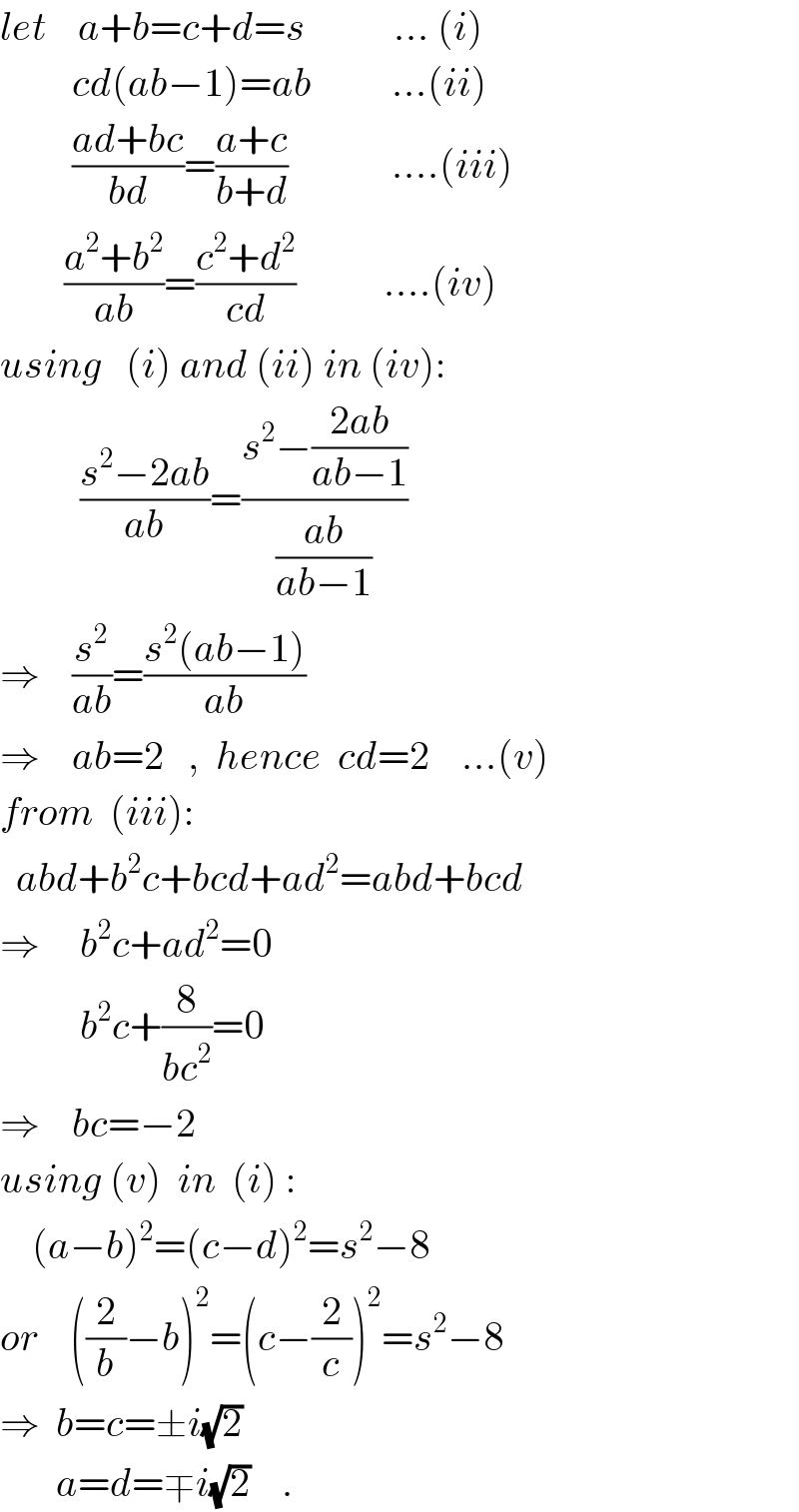
Commented by ajfour last updated on 30/May/18

Commented by behi83417@gmail.com last updated on 30/May/18

Commented by behi83417@gmail.com last updated on 30/May/18

Commented by MJS last updated on 30/May/18

Commented by ajfour last updated on 30/May/18

Answered by MJS last updated on 30/May/18
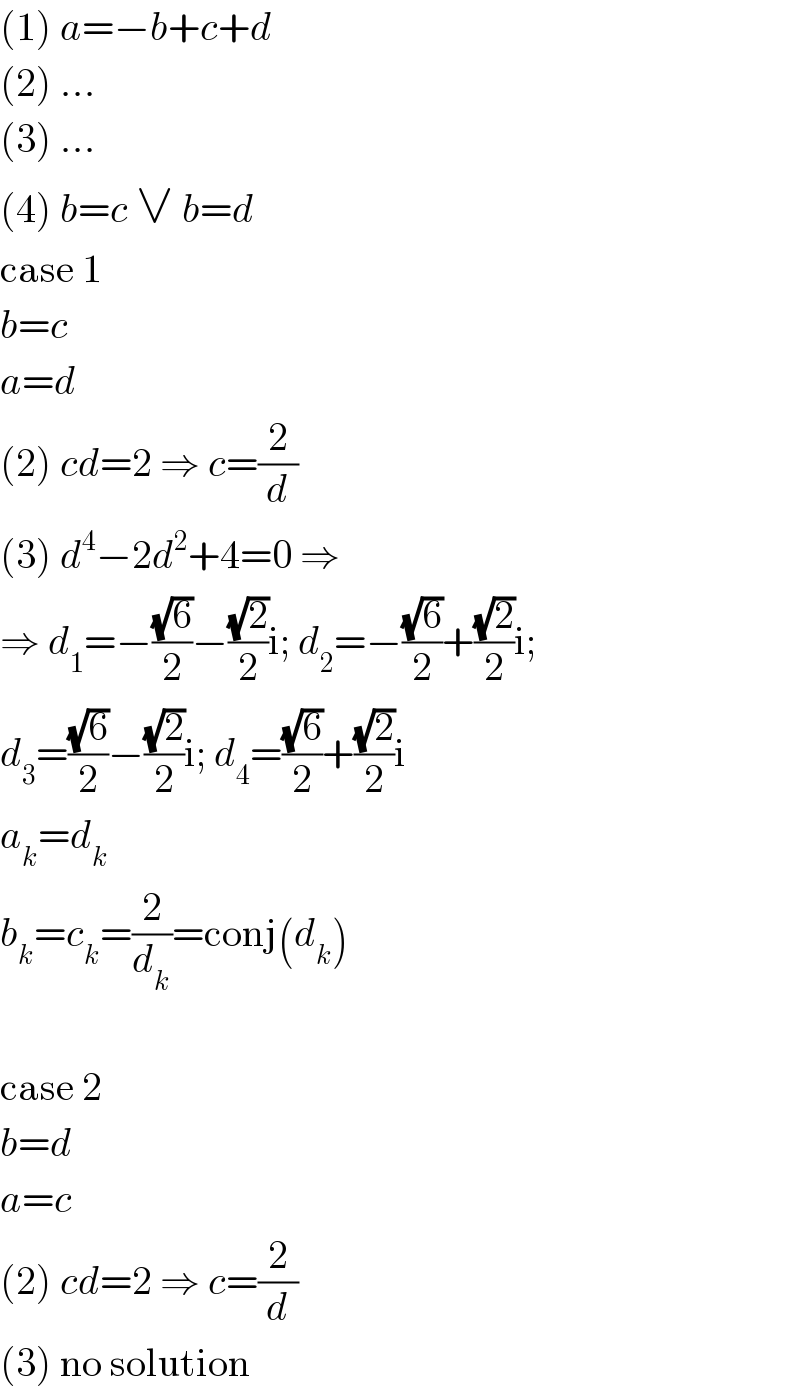
Commented by behi83417@gmail.com last updated on 31/May/18

Answered by Rasheed.Sindhi last updated on 31/May/18

Commented by ajfour last updated on 31/May/18
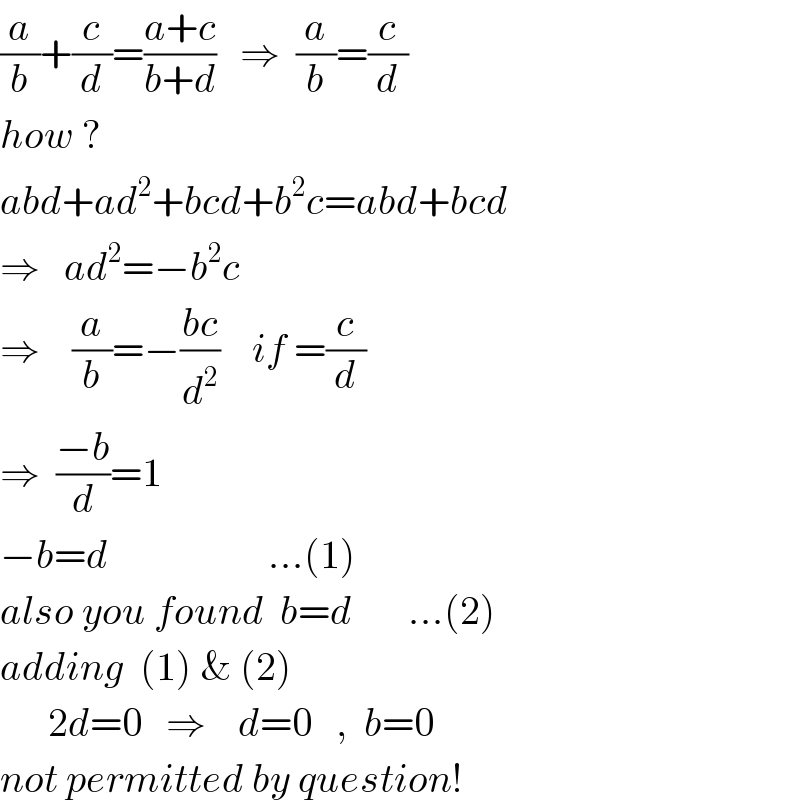
Commented by Rasheed.Sindhi last updated on 31/May/18
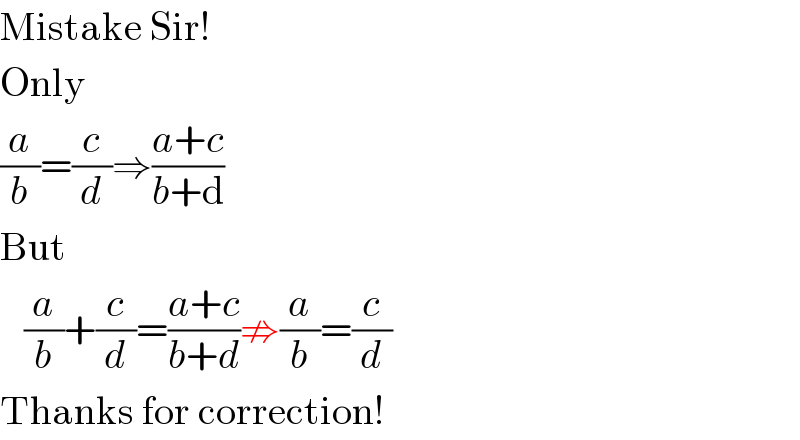
Commented by ajfour last updated on 31/May/18

Commented by Rasheed.Sindhi last updated on 31/May/18

Commented by MJS last updated on 31/May/18

Commented by MJS last updated on 31/May/18
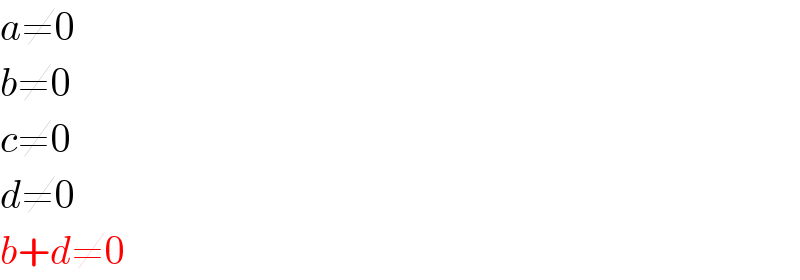
Commented by Rasheed.Sindhi last updated on 31/May/18

Commented by ajfour last updated on 31/May/18

Commented by MJS last updated on 31/May/18
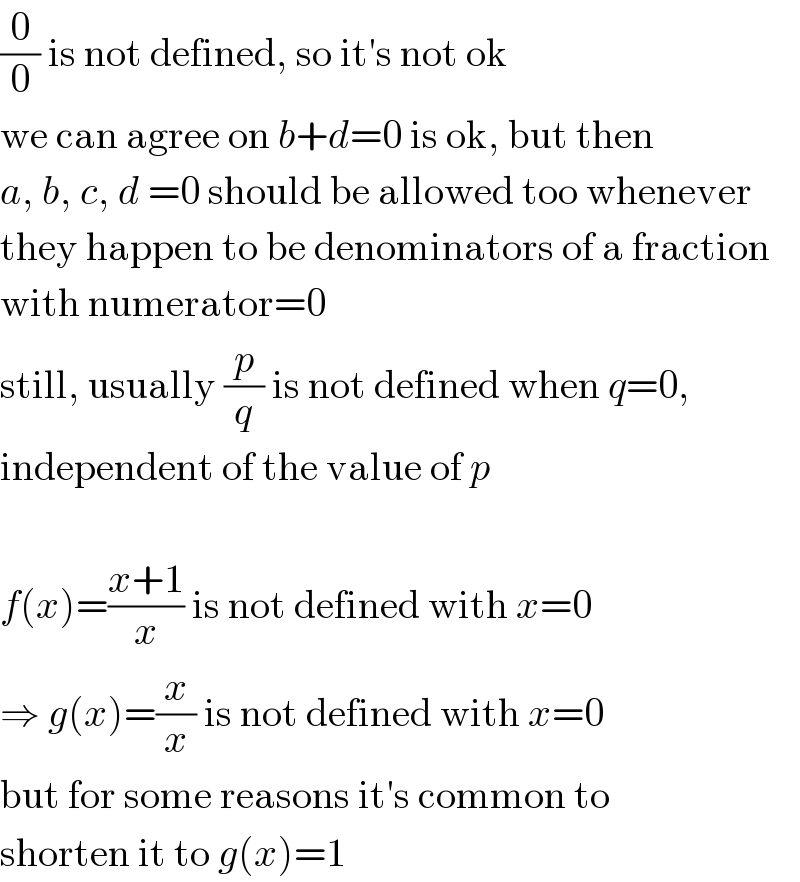
Commented by ajfour last updated on 02/Jun/18

Answered by Rasheed.Sindhi last updated on 31/May/18

Commented by Rasheed.Sindhi last updated on 31/May/18
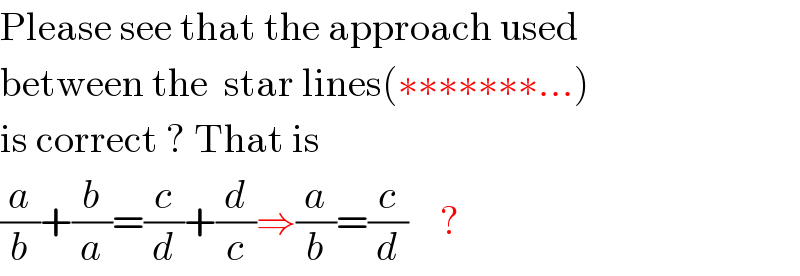
Commented by behi83417@gmail.com last updated on 31/May/18

